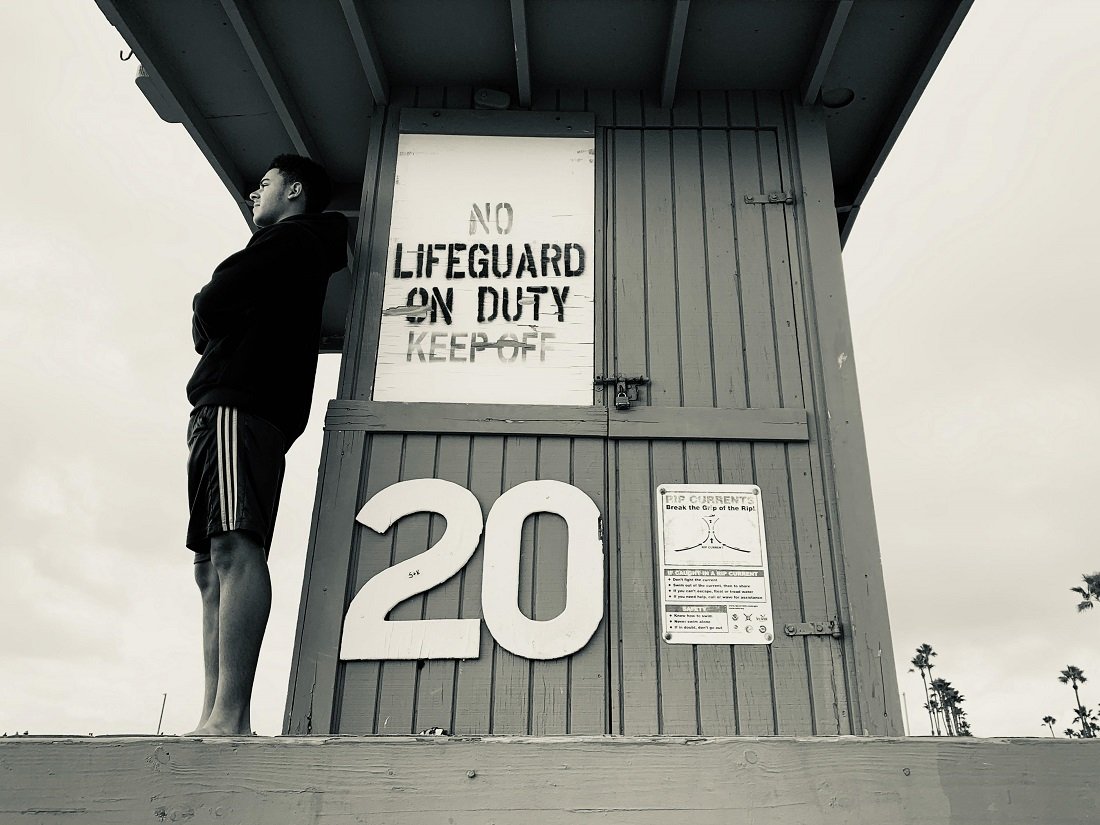
The Government Accountability Office (GAO) is often described as the “congressional watchdog a nonpartisan, independent agency that provides oversight, accountability, and transparency into how federal agencies use taxpayer dollars.
While the GAO does not directly respond to emergencies or enforce public safety regulations, its role in public safety is both crucial and far-reaching. The GAO supports public safety by evaluating federal programs, issuing audits and reports, identifying inefficiencies or gaps, recommending improvements, and ensuring that federal resources meant to protect the public are used effectively and equitably.
Auditing Public Safety Programs and Agencies
One of the GAO’s primary functions is conducting detailed audits of federal programs, including those related to law enforcement, disaster response, transportation safety, cybersecurity, emergency preparedness, and public health. These audits assess whether agencies such as FEMA, DHS, DOJ, CDC, and others are achieving their stated objectives and using funds appropriately.
For example:
The GAO has audited FEMA’s disaster relief spending to ensure that emergency funds are properly distributed.
It has reviewed Department of Justice grant programs that provide funding to local police departments.
It has assessed Transportation Security Administration (TSA) procedures to determine whether they adequately protect air travelers.
These audits help Congress and the public understand whether public safety programs are functioning properly and where they may be falling short.
Identifying and Addressing Systemic Risks

The GAO publishes the High-Risk List, a biennial report identifying federal programs and operations vulnerable to waste, fraud, abuse, or mismanagement. Many of the areas on this list involve public safety, including:
Emergency management preparedness
Department of Homeland Security management
Cybersecurity of critical infrastructure
By highlighting these risks, the GAO encourages agencies to take corrective actions and prioritize safety issues before a crisis occurs.
Evaluating National Emergency and Disaster Response Systems
The GAO plays a key oversight role in evaluating the federal government’s readiness for and response to natural disasters, pandemics, and terrorist threats. For instance:
After Hurricane Katrina, the GAO issued multiple reports identifying breakdowns in coordination, logistics, and communication.
During the COVID-19 pandemic, the GAO issued frequent updates on federal relief spending, vaccine distribution, and public health infrastructure.
These evaluations ensure that lessons are learned and incorporated into future preparedness plans, thereby improving the government’s ability to protect citizens during emergencies.
Recommending Reforms and Best Practices
The GAO doesn’t just point out problems it also recommends concrete solutions. Each report typically ends with actionable recommendations that agencies can implement to improve public safety outcomes. These might include:
Strengthening coordination among federal, state, and local emergency responders
Improving training for law enforcement agencies
Enhancing oversight of disaster grant programs
Updating technology systems to prevent cyberattacks
Agencies are expected to respond to GAO recommendations and report on their implementation progress.
Monitoring the Use of Public Safety Funding
Billions of dollars are allocated annually to public safety for policing, disaster relief, border security, health security, and infrastructure protection. The GAO ensures these funds are used responsibly and reach the intended recipients. It monitors:
Grants to local and state law enforcement
Homeland Security preparedness grants
Infrastructure investment for fire departments, EMS, and flood defenses
COVID-19 emergency aid, including PPE distribution and hospital funding
Through financial audits, the GAO ensures taxpayer money is not wasted or misused, and that it advances safety and security goals.
Protecting Critical Infrastructure and Cybersecurity
As cyber threats rise, protecting critical infrastructure such as power grids, transportation systems, water supplies, and communication networks has become a public safety imperative. The GAO evaluates:
Federal cybersecurity strategy
Cyber incident response plans
Preparedness of critical sectors for cyberattacks
GAO reports help strengthen U.S. resilience against cyber disruptions that could harm the public or threaten national security.
Supporting Law Enforcement and Criminal Justice Reform
The GAO assesses law enforcement practices and their impact on public safety. Reports have focused on:
Police use-of-force reporting systems
Border enforcement practices
Criminal justice grant management
Prison safety conditions
In these areas, the GAO helps lawmakers and agencies make evidence-based decisions about improving safety while ensuring civil rights and accountability.
Ensuring Public Health and Emergency Medical Preparedness
Public safety extends beyond police and fire services it includes health emergencies like pandemics, chemical spills, and bioterror threats. The GAO has been instrumental in reviewing:
Pandemic preparedness plans
Hospital emergency readiness
National Strategic Stockpile management
CDC coordination with state health agencies
The GAO’s recommendations in these areas directly influence how well the nation responds to mass casualty or infectious disease events.
Promoting Equity in Public Safety Programs
The GAO examines whether public safety resources and protections are distributed equitably across populations. It has investigated:
Racial disparities in disaster recovery assistance
Access to emergency services in rural or tribal areas
Equity in federal policing grants and community programs
By identifying inequities, the GAO helps ensure that all communities regardless of income, race, or geography receive fair and effective public safety support.
Providing Transparency and Public Trust
Finally, the GAO builds public trust in government safety programs by shining a light on their operations. All GAO reports are public and available online. Citizens, journalists, advocacy groups, and lawmakers can use this information to demand accountability and push for improvements.


